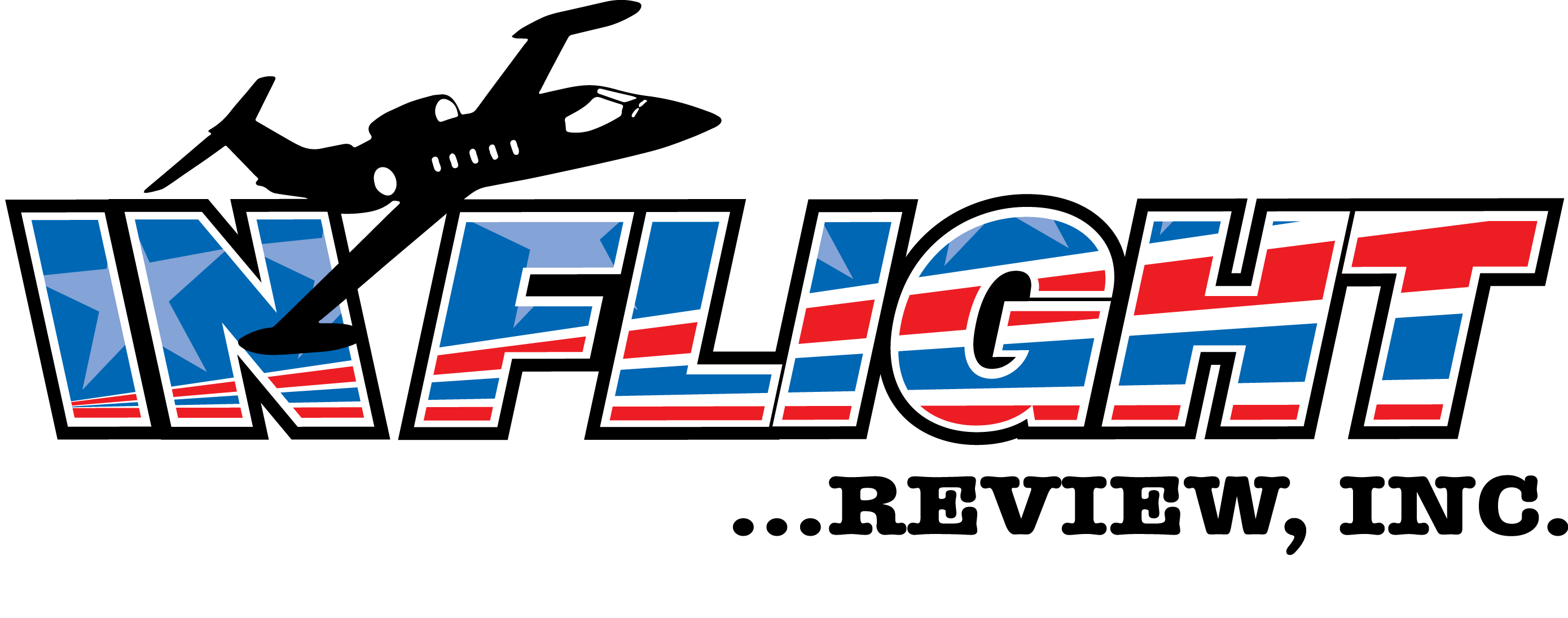TURBO PROP TRAINING
The flight portion requires between one to five hours in the aircraft, at the discretion of the instructor and pilot's overall and recent experience. Transition into the aircraft consists of normal take-off, climb power settings, steep turns, slow flight, stalls, and drag demos if the aircraft is a twin-engine model. In a pressurized aircraft a flight to altitude is made to familiarize the pilot with the flight characteristics of that environment and include the use of on-board weather detection equipment. We demonstrate emergency and rapid decompression exercises during this flight. All GPS, AP/FD, and other integrated flight operational equipment are operated during the high altitude flight to ensure operational compliance at altitude.
We teach pilots judgment on weather decisions, choice of flight altitudes considering wind and turbulence, and the appropriate engine power settings depending upon range or aircraft speed requirements. We demonstrate descent planning and ATC high altitude arrival procedures, such as STARs. In order to ensure pilots can operate in IMC conditions, we teach a variety of instrument approaches, holds, partial panel, and unusual attitude recoveries.
Upon completion of the initial training course, client pilots receive a certification of completion, biennial flight review, and instrument proficiency check.






